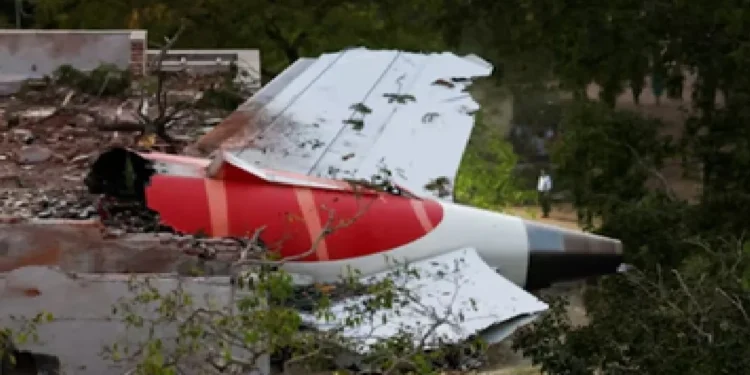India has launched an ambitious plan to strengthen its water strategy after suspending the Indus Water Treaty (IWT). The central government has started the probability study of the construction of an 113 km long canal for additional water transfer from Jammu and Kashmir to Punjab, Haryana and Rajasthan. The move was taken after the Pahalgam terror attack on 22 April 2025, killing 26 people, and India warned Pakistan to stop the water flow.
The additional water of Chenab, Jhelum and Indus rivers from this canal will be diverted for irrigation and other needs in Indian states. The government is also planning to double the length of Ranbir Canal from 60 km to 120 km, which will draw water from Chenab. The project will connect with the existing canals at 13 places and strengthen the Ravi-Beas-Sattruz system.
Under the Indus Water Treaty signed in the World Bank’s mediation in 1960, India has full authority over Eastern rivers (Ravi, Beas, Sutlej) and limited use on Western rivers (Indus, Jhelum, Chenab). After the suspension, India is increasing the infrastructure to use its entire stake, including the Ujh multipurpose project and the Tulbul Navigation Project.
Pakistan wrote four letters demanding the restoration of the treaty, but India clarified that the treaty would remain suspended until terrorism is stopped across the border. Prime Minister Narendra Modi said, “Water and blood cannot flow together.” Sowing of kharif crops in Pakistan is being affected, as water has reduced by 16.87% due to the Indus river system.
Home Minister Amit Shah announced that the water of Indus will reach Shri Ganganagar in Rajasthan in three years. The scheme will strengthen India’s water security and affect regional stability.










